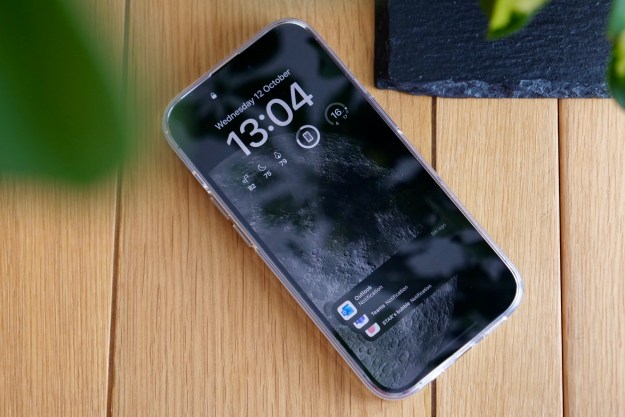Shot under gray skies in Cupertino, California, Duncan Sinfield’s aerial video shows off not only the striking “doughnut” design of the main building, but also the impressive-looking Steve Jobs Theater, set to be used for the first time next week when Apple CEO Tim Cook is expected to unveil new iPhones, hopefully along with some other goodies.
The auditorium of the Steve Jobs Theater, which is positioned a little distance away from the main campus structure, is located beneath the ground and is large enough to hold around 1,000 people.
It features an eye-catching lobby with a circular, all-glass wall topped off with what Apple claims is the largest carbon-fiber roof ever made.
Believed to weigh around 80 tons, the roof was built by Premier Composite Technologies in Dubai before being shipped — in pieces — to San Francisco. Sinfield shows two flyovers of the lobby in his video, one at the 48-second mark and another at 1:50.
‘Spaceship’ campus
Work on the 176-acre site started in 2013, with many drone enthusiasts heading to the location to keep Apple fans, as well as architecture enthusiasts, up-to-date with the construction’s progress.
Apple Park features four floors of office space, a research and development facility, fitness centers, dining facilities, a visitors center, and that 1,000-seat underground auditorium.
It’s expected to hold around 14,000 Apple employees once everyone has moved in.
The $5 billion project was the longtime ambition of Apple co-founder Steve Jobs, who helped develop the plan until his death in 2011. The overall design was finalized by British architecture firm Foster and Partners.
In an effort to reduce its dependency on non-renewable energy sources, Apple’s new campus is using a large number of biogas fuel cells and solar panels designed to generate a collective 20 megawatts of power, which the company hopes will be enough to take care of 75 percent of the building’s power necessities.
Apple has also trumpeted the main structure as the world’s largest naturally ventilated building and as a result it should be able to do without heating or air conditioning for nine months of the year.
As for next week’s much anticipated iPhone event, head over to Digital Trends’ preview to find out more.
Editors' Recommendations
- Nomad’s new iPhone case and Apple Watch band may be its coolest yet
- Apple used this free iPhone app to shoot Monday’s Scary Fast event
- The 6 biggest announcements from Apple’s iPhone 15 event
- It’s official — Apple will announce the iPhone 15 on September 12
- If Apple releases the iPhone 15 Ultra next month, it needs these 4 things


